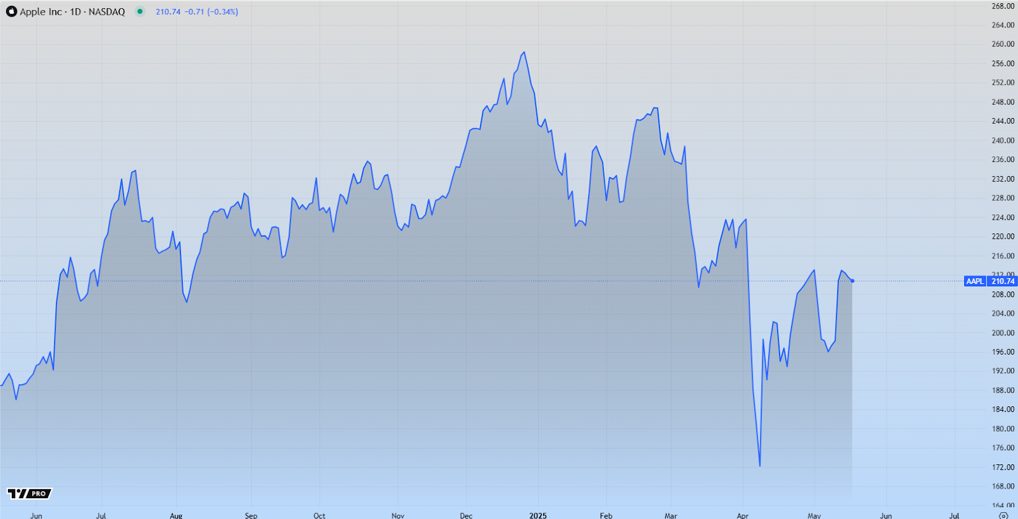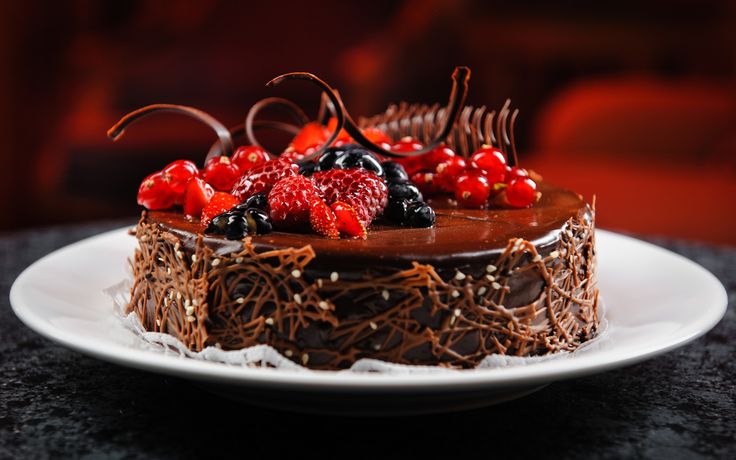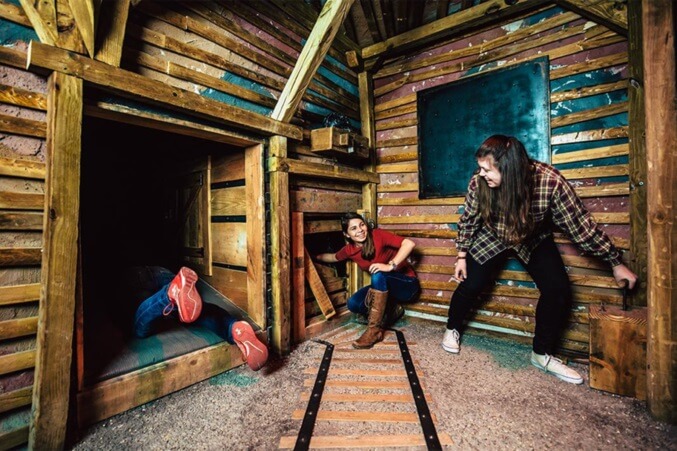Fishponds are charming, serene, and peaceful—and they’re being added to more properties than ever, from ordinary homes to hotel gardens. If you’re interested in installing a fishpond, you’ll have to invest a bit of time and effort into planning. There are several factors to consider, from the types of animals in the pond to regulations in your area. Here’s what you should keep in mind before proceeding:

Plants and Animals
First, what plants and animals will you put in the pond? When it comes to fish, there are two popular choices: koi or goldfish. Koi fish will need a larger pond, with as much space as you can allow. Your choice of plants will also be limited because koi fish eat certain plants such as water hyacinths unless these are protected. On the other hand, goldfish require less space, and they go together well with most plants.
Aside from fish, you may also want to have snails, newts, frogs, turtles, and other animals. It’s best to check with your local pond store since some animals won’t get along with each other and big fish can prey on smaller fish. As for plants, the more sunlight your pond will be exposed to, the more plants can thrive it. Water lilies, in particular, are great for providing shade and decreasing algae.
Type and Size
Your pond can either be in-ground or above-ground. In-ground ponds look more natural, although these involve more digging and you’ll have to use a pond liner, which is either flexible or pre-formed. With above-ground pounds, you can make do with a watertight container that’s large enough for the fish to be comfortable in.
Size is an extremely important consideration since it affects the fish inside your pond. A depth of two feet is the minimum for goldfish, while koi should have at least three feet. Throw in other animals such as turtles, and the minimum becomes four feet. There should also be an additional foot below the freeze zone so fish can stay protected during winter.
Location
The pond should be on level ground but not set low. Otherwise, it can accumulate runoff from rainfall, taking in harmful chemicals, debris, and fertilizers from surrounding areas and even flooding. In addition, underground pipes and cables shouldn’t be directly below it.
All in all, the best location for pounds is in the open. Don’t install your pond too close to trees because leaves and twigs would end up dropping into the pond and you may struggle with big roots when digging.
Ideally, there should be a good view when you’re standing near the pond. The pond must also be visible from indoors or from at least the patio. There’s a practical reason for this—you can easily check if the pond’s in good condition, which is especially crucial during winter.
Water and Electricity
A pump for circulating water isn’t essential, but it will make your job so much easier while allowing for more fish and boosting the health of your plants. Fish also benefit from water aeration systems, which maintain optimum oxygen levels for the pond ecosystem. Both of these are usually powered by electricity, so your pond should be within access of an electrical outlet that’s protected by a ground fault interruptor (GFI). Make sure, too, that there’s an outdoor faucet nearby. The extra water will be convenient for performing maintenance such as cleaning filters and refilling the pool a little when water evaporates during warm days.
Regulations
There are regulations for installing ponds that you have to follow! Check local laws first to find out if you’re allowed to have a pond. You might need approval from one or more agencies, and you might have to fulfill additional homeowner insurance requirements. Most of the time, agencies will ask you to have a fence around your property to prevent animals and children from wandering in, as well as gates similar to those in swimming pools. As a precaution, inform your neighbors about your plans to install a pond.
Although planning is quite extensive, you can research information online or, better yet, ask for guidance from pond stores. If you’ll be working with a pond construction business, then that’s even more convenient because they’ll be walking you through all the steps. A well-planned decorative fishpond will be easier to maintain, and it’ll be a pleasant addition to your property, providing endless hours of enjoyment.








